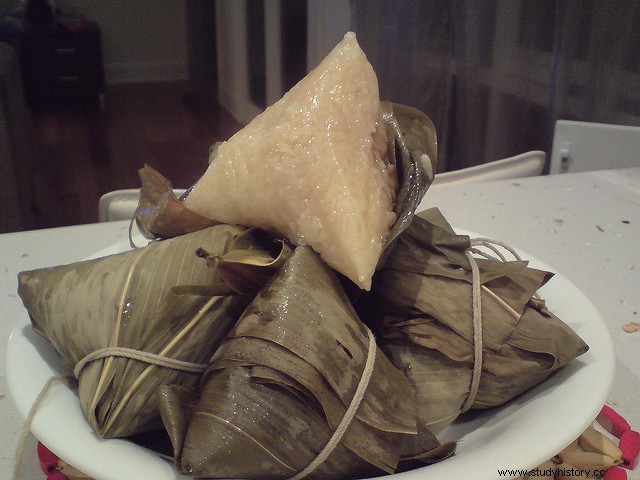We recently talked about the resistance of Roman constructions, today we have... the Great Wall of China . It's not really a great wall. What many have considered the eighth wonder of the ancient world is rather a network of walls and different defensive structures built over time, under the mandate of different dynasties and in disparate ways. The purpose of such a large work of engineering and military architecture - with an average height of 7 meters and 5 meters in width, and a length, counting its ramifications and secondary constructions, of more than 20,000 kilometers in length, from the border with Korea, to the edge of the Yalu River, to the Gobi desert, although today only 30% is preserved - was at all times double:to protect itself from the recurrent attacks by the nomadic peoples of the north and to establish the limit of arable land, on the that the Chinese state could impose stable taxation and administration. The Great Wall served both to keep out and not let in.

It was around the year 220 B.C. when Qin Shi Huangdi , the first emperor of a unified China, ordered the connection between the pre-existing northern walls -some from the 5th century BC- and the construction of other sections that would form a first continuous line and that would be the precursor of the current Great Wall, although most of it of this defensive barrier dates back to the Ming dynasty (1368-1644). The Ming built a new Great Wall - more than 6,000 kilometers of new defensive sections - with more advanced characteristics than the previous ones. While in the past the fortifications had been erected using compacted earth as the raw material, now a combination of stone at the base, brick elevation... and a kind of “rice pudding” was used in most of the sections. «.
In Xichang, Sichuan province, a project has been launched to rebuild part of the old city wall trying to be faithful to the techniques of the original builders of the Ming dynasty. The tasks of the workers include making bricks, laying the bricks… and boiling rice in large pots. A recent study on the ancient methods used for construction published in the journal American Chemical Society by Dr. Zhang , a chemistry professor at Zhejiang University, has shown that the secret of the ancient Chinese mortar was rice. This mortar was, and is now, made in the reconstruction of the Xichang wall by mixing a paste of sticky or glutinous rice (a variety of rice grown mainly in South and Southeast Asia) boiled and similar in texture to rice. with milk) with slaked or dead lime (limestone heated to a high temperature and then water is added).
The inorganic component is calcium carbonate, and the organic component is amylopectin, which comes from sticky rice soup. Amylopectin helps create a compact, stable and resistant microstructure.

Although the use of this rice mixture as a building cement was first developed 1,500 years ago, it was the cornerstone of great constructions under the Ming dynasty, such as the Great Wall.
Interestingly, it is the same type of rice, and with the same texture, as that used in Chinese dishes such as zongzi , in which the pasta is wrapped in bamboo leaves in the form of a package, or the nian gao , a special type of cake for New Year's celebrations.

Zongzi
Sources:When cuisine and construction merge, Revealing the ancient Chinese secret of sticky rice
